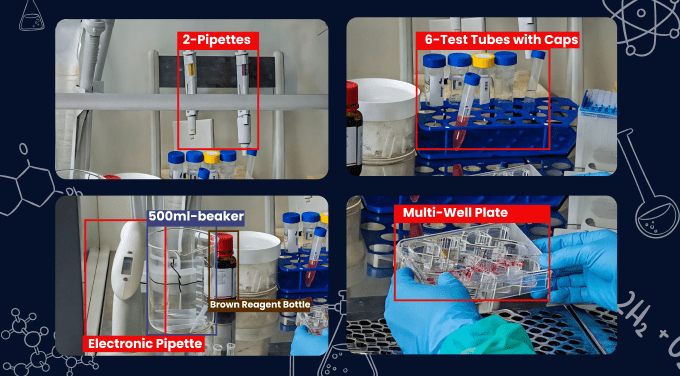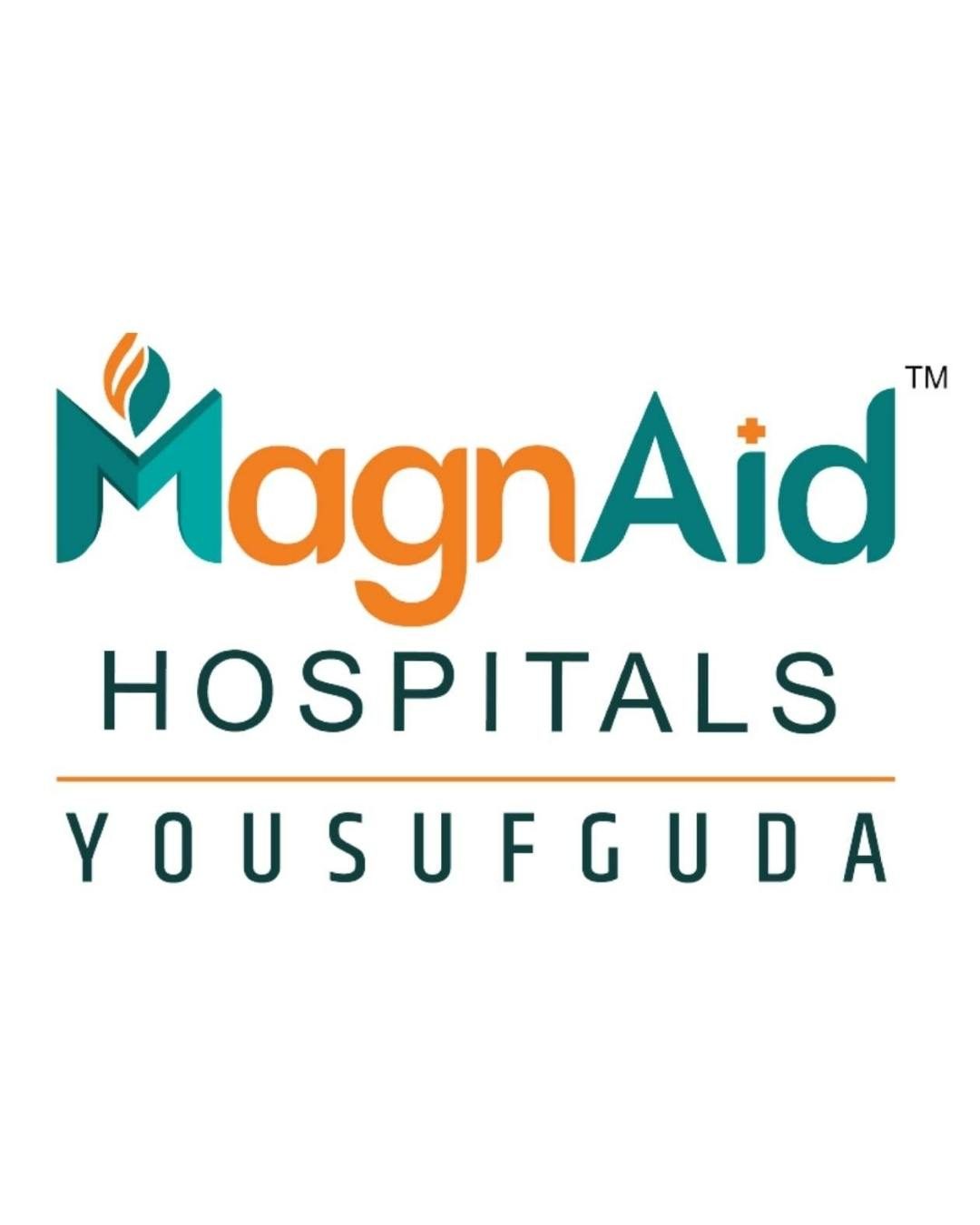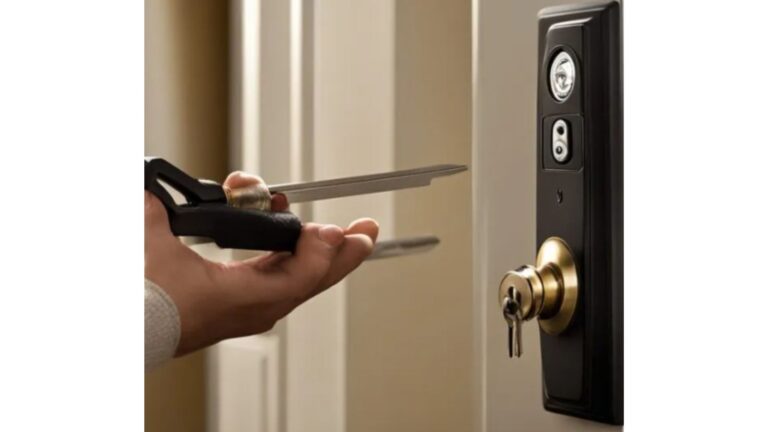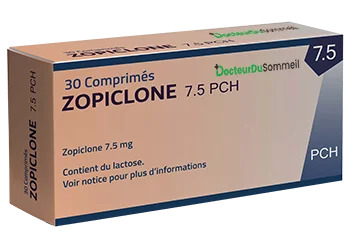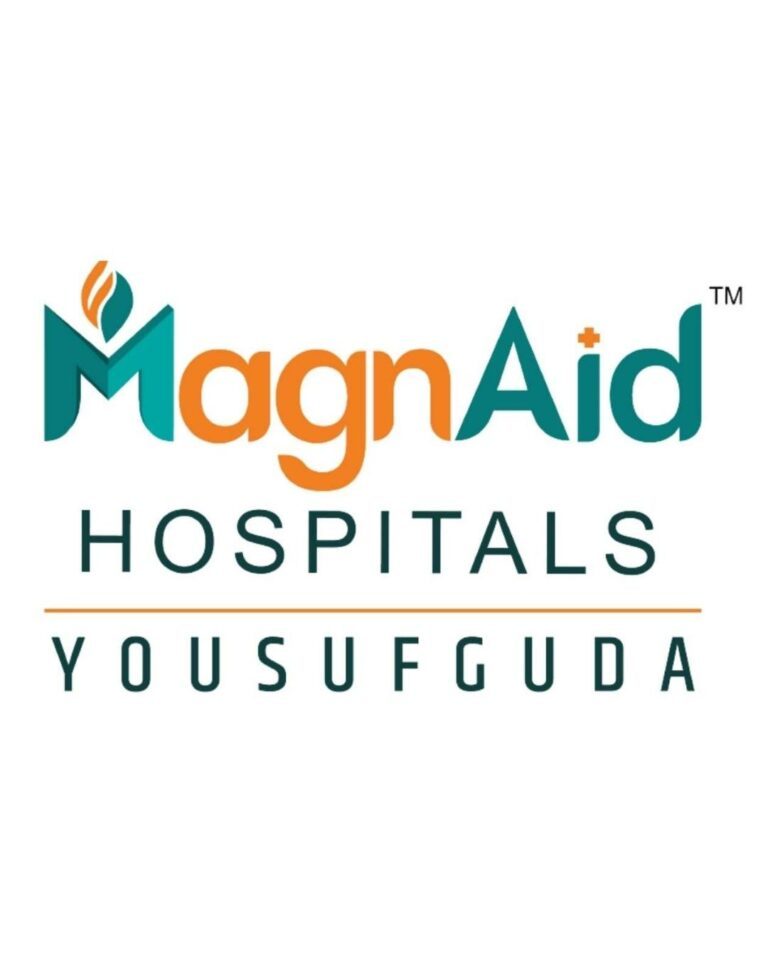AI is increasingly spreading its wings into laboratory environments to improve efficiency and safety. As per the latest 2024 survey, more than 68% of laboratory professionals harness AI in their work, marking a 14% increase from the previous year. Laboratory environments mainly depend on safety and precision when conducting research, maintaining quality standards, and analyzing samples. Computer vision models can automate lab processes. By integrating real-time AI-powered analysis, computer vision systems can easily help researchers and laboratory technicians in optimizing workflows and ensuring compliance with diverse safety.
Different challenges across lab environments have enticed lab companies to embrace computer vision technology for obtaining precise lab solutions. In this blog post, we are going to explore the challenges faced in laboratory infrastructure and the way computer vision models can improve lab efficiency. The context also shows a study on the real-world applications of AI-powered vision systems in research and industrial labs. With Computer Vision for Lab Efficiency, laboratories can achieve enhanced accuracy, automation, and compliance.
Challenges & considerations in the lab environment

Let’s take a look at the several challenges that can impact research precision, safety compliance and workflow efficiency.
Risks in safety
Labs tackle thousands of hazardous materials that need strict safety precautions & monitoring to prevent accidents. It poses a great risk in handling chemicals and materials. Here lies the importance of AI for Fire Detection in Laboratories too.
Manual error & equipment failures
There are times when misidentification of lab tools and equipment along with process errors can result in delays and inconsistent outcomes.
PPE compliance
It is important to ensure that lab personnel are wearing safety gear while they are entering the lab premises. It helps to maintain a safe environment.
Microscopic sample analysis
It identifies and classifies cells and chemical compositions in microscopic images that require real precision.
What is the role of computer vision in lab environments?
Computer vision powered by AI has major real-world applications in multiple ways from tracking equipment usage to detecting hazardous incidents. By training and deploying models such as YOLO11, laboratories can integrate AI-powered detection systems into their workflows improving safety.
Prospects of training YOLO11 for lab environments

Data collection
Laboratories gather images of different laboratory tools, PPE compliance and sample slides for training datasets.
Data annotation
Different images are quite labelled with bounding boxes detecting items like a test tube and chemical spills.
Model training
YOLO11 is completely trained leveraging the datasets to recognize and classify lab-related incidents.
Validation & testing
The trained model is evaluated on additional datasets to assess its accuracy before deployment.
Deployment of lab cameras
The time it is evaluated the model can be integrated into surveillance systems for providing real-time insights.
With the efficient training of YOLO11 on lab-specific datasets, industrial labs and research facilities can integrate AI-powered vision systems for improving monitoring processes and access control automation.
Major practical applications of computer vision in laboratory settings
Artificial Intelligence plays a major role in real-time monitoring and Computer Vision for Lab Efficiency. Laboratories and related authorities are nowadays embracing computer vision solutions for reshaping their laboratory workflows and making them smart.
Identification & classification of cells in microscopic images
In medical diagnosis, precise microscopic analysis is relevant to research and analysis. During primordial times, traditional cell identification mainly relies on manual observation which can be time-consuming. It requires a high level of expertise and precision to complete such research. Several trained models like YOLO11 can be seamlessly trained to detect and classify blood cell types within microscopic images and streamline the process of analysis. The trained data model can identify core morphological differences between diverse cell types.
With the automation of blood cell classification harnessing AI can lower human error and streamline workflows. It enables researchers to analyze larger datasets with higher consistency with beneficial applications for disease detection, identifying abnormalities in blood cell structures and many more.
PPE compliance in laboratory settings
Within laboratory operational infrastructure, it is important to maintain strict personal protective equipment (PPE) while working with hazardous chemicals. Many lab facilities face challenges regarding PPE policies and consistent manual checks have often faulty lines that pose the risk of accidents. Computer vision models are empowered with trained data models that monitor PPE compliance in real time. From identifying masks to detecting other protective gear, Vision AI-enabled camera systems ensure safety compliance within a lab infrastructure. Besides improving lab safety, the automated monitoring system supports regulatory compliance.
Identifying laboratory hazards
There are times when laboratories often tackle flammable substances and high-temperature tools increasing the risk of fires. Prompt identification and instant responses are important to prevent damage and ensure safety. AI-powered systems are capable of differentiating between flammable and non-flammable liquids. It can also detect chemical spills by identifying irregularities on laboratory surfaces.
AI-powered lab Hazard Detection systems can be integrated with safety protocols where real-time alerts can be issued to lab personnel allowing immediate actions. It lowers the altitude of damage and minimizes risks in high-stakes lab environments.
Detection & classification of lab equipment
Effective laboratory management is relevant to maintaining and ensuring excellent outcomes. Conventional methods of manual tracking of equipment often result in errors resulting in misplaced equipment. Vision AI models can be easily trained to detect and classify laboratory instruments in real time. Video feeds are analyzed from cameras and the models are trained to identify tools and detect signs of wear and tear.
What are the future opportunities for computer vision in labs?
AI-enabled systems continue to advance as they embrace newer opportunities for enhancing lab efficiency and safety.
- Computer vision helps in automating lab sample verification with AI-based quality control for consistent research approaches.
- AI-enabled AR systems help lab personnel detect tools and adhere to lab safety protocols.
Conclusion
Computer vision can be largely applied to laboratory settings in different ways right from tracking equipment usage to detecting hazardous incidents. By harnessing AI-enabled object detection, lab authorities can reduce manual errors and promote prompt incident response times. Computer vision AI provides actionable insights to laboratory personnel. At Nextbrain, our AI Video analytics software is specially designed to deal with complex computer vision models such as YOLO11 to assist businesses automate equipment detection.
Do you want to learn more about AI video analytics for creating smart lab workflows? Get in touch with our experts now.
